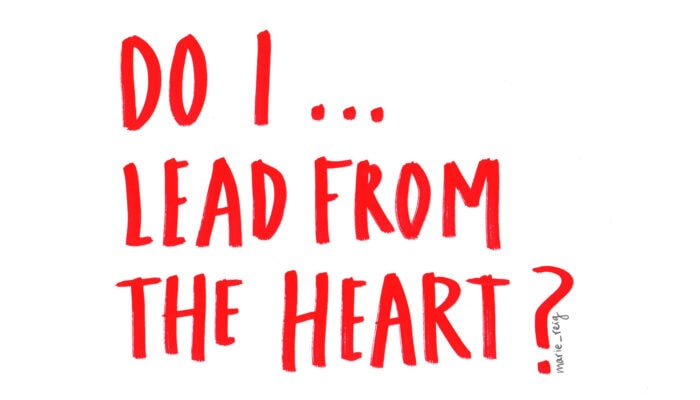Editor’s note
Marie Reig Florensa is on a journey of discovery, getting to know heart-based creative leaders from around the globe.
A leader of the heart: Are you one of them? is a series of compact, heart-charged articles where executive coach Marie Reig Florensa – together with Carlos El Asmar – explore what it means to “lead from the heart.”
If you’d like some more context, you can read part one, part two and part three of the series before scrolling down.
Do I lead from the Heart?
We keep walking down this shared Journey to the Heart, this is the fourth post of this Creative Leadership from the Heart series. In the previous ones we have explored why we all are leaders and why our times call for creative leaders to become exceptional ones.
Our point, mine and the one from Carlos El Asmar, is clear: only by leading from the Heart you can step up and stand up as an exceptional creative leader in our complex, brittle, anxious, non-linear, and uncertain times. In this series, we are trying to find out if, in fact, you are one of them: a leader of the heart.
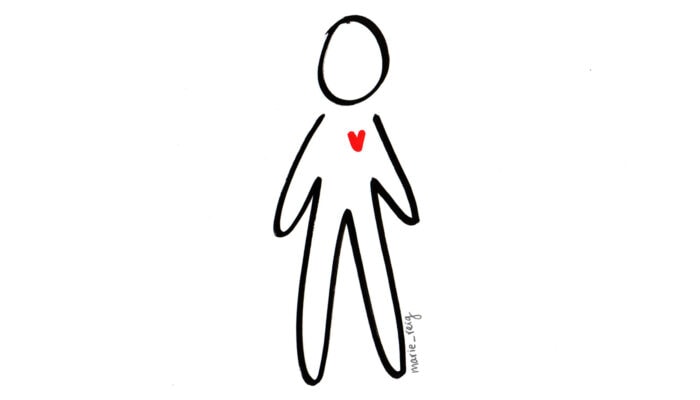
As the title of this post presents the question at stake is now: Do I lead from the heart? We have reached the core of it all. Let’s continue exploring together to better understand if when you lead you are doing so from that familiar, yet mysterious place, right in the middle of our chest.
You might be wondering… How can I actually know whether I am doing it or not? What does it truly mean to lead from the heart, beyond assumptions and stereotypes? Where are the boundary lines that define what is and what is not heart-based leadership? And in any case, what do we exactly mean by “heart”?
I am sure that by now, you have already got how it goes, haven’t you? Yes, now the coach (me) asks the player (you) a question for you to self-reflect and build up understanding based on your own experience and insight. So, tell me first… what does “heart” mean to you?
I collected the responses given by 33 top creative leaders from 21 different countries. I asked them “Is your heart something more than a blood pump? If yes, what then?”. This drawing reflects their answers:
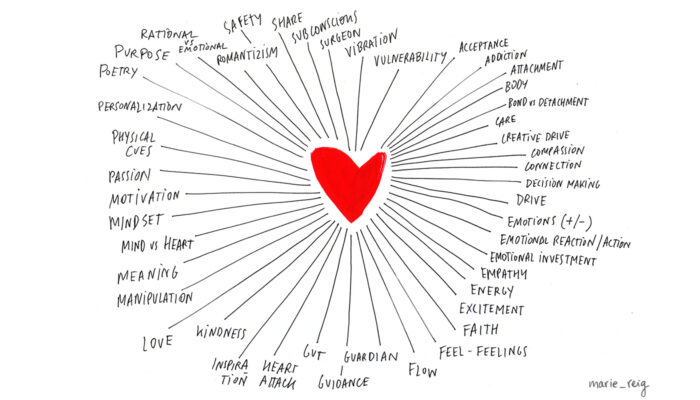
As you can observe, although the association of the heart with emotions and emotional intelligence-related issues is repetitive (e.g. vulnerability, attachment, care, compassion, emotions, emotional investment, rationality vs emotionality) this is not the only perspective. Creativity, inspiration, motivation, energy, meaning, purpose, faith, flow, and guidance, among others, present a much wider picture.
Let’s continue exploring. Now, in your own words, based on your personal experience, tell me: what does leading from the heart mean to you? What do you do when you lead from the heart? Close your eyes for a moment and visualize yourself. You are leading from the heart. How does it feel? What do you notice?
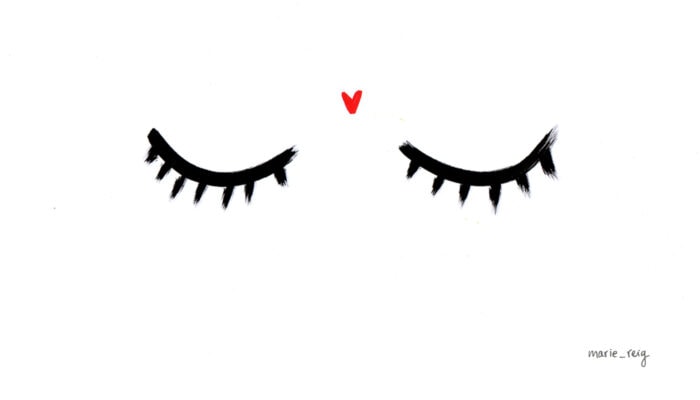
As a humanist and heart-based leadership expert, for the last few years, my focus has been set on defining the boundary lines: what is and what is not heart-based leadership? So I could best answer the core question: when am I truly leading from the heart?
I have studied, researched, and learned from practitioners, leadership scholars, and executive coaches. Also, I have hands-on tested hypotheses with executives and top creative leaders who practice themselves with great success. My aim has been to move from generalised assumptions to build critical understanding to be able to understand, recognize, practice, and support people to effectively develop their heart-based leadership muscles.
According to them, leading from the heart is about remembering how to align and re-align what you believe, what you feel, what you do, what you are part of, and what you become. In other words, to bring into coherence your ethics, emotions, biology, and spirituality. Making use of the physical heart analogy, I refer to each of those dimensions as the four chambers of the heart.
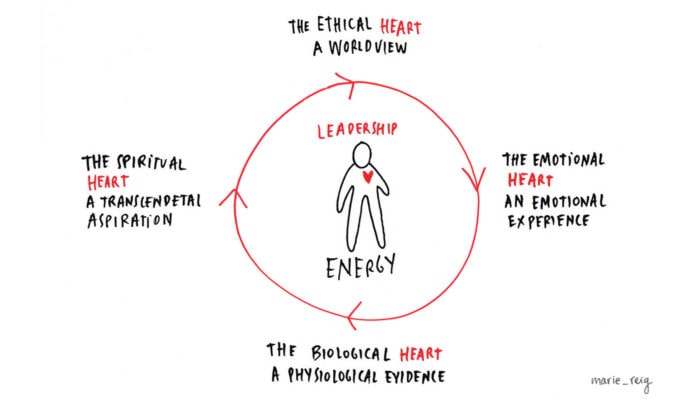
Let’s explore each of them with a bit more detail for you to better recognize, when and how you are activating your heart-based leadership superpowers:
- The ethical chamber: the heart as a worldview.
From this perspective, we observe leading from the heart as a determined commitment to act in alignment with your worldview, your values, your purpose, your vision, and your mission (even if those are not that clear yet). The leader of the heart does so from the understanding that business is a social agent that generates an impact on society. In simple words, it is about setting a clear focus and defining with intention what we do and why we do what we do.
“Companies are making decisions taking into account the short term. Short-term gain is not good. Leadership decisions have to look at and consider the long term and the mission they are trying to accomplish”.
– Carlos El Asmar
- The emotional chamber: the heart as an emotional experience.
Heart-based leadership is about modulating our leadership and creative energy to intentionally drive human connection and promote high-quality human interactions. The leader of the heart consciously acknowledges and manages his, her, their own emotions and the ones of the people they interact with. They know that challenges are an opportunity to learn. They trust in the process to achieve results and are driven by the strength of humble confidence. They also know that diversity and plurality are team superpowers. Because of all that, true genuine care is what guides their steps.
“It is hard to control emotions, it’s hard to understand them, to figure out where they come from. Emotions drive our creative energy yet they can blind us too. As a leader, you need to keep yourself cool, calm & collected…. So that you use that energy to create and move things forward…. You have to support them, challenge them, even if they are scared or insecure, believing in them. Believing that people always are there to do their best possible work.”
– Carlos El Asmar
- The biological chamber: the heart as physiological evidence.
Leading from the heart is literally and directly connected with your biological heart. The one in the middle of your chest. More than a blood pump, it observes the heart as the body’s most powerful energy generator. Our physical heart is center of our body’s energetic field. This field not only affects your inner physiology communicating with and modulating your nervous system, your hormones and biochemical reactions, your pulse waves, and your electromagnetic fields; it also extends into the space around you and influences others. What you might commonly refer to as the good and the bad vibes. From this angle heart-based leadership is about understanding how to nourish coherence at the physiological level to allow the head and the heart to work at their best, as a synergistic team. Thus science has demonstrated that our biological heart is deeply intertwined with our ability to perceive, understand, think, feel, act and behave. Literally, we can directly impact our creative ability and teamwork capabilities when observing the nature of our physical bodies and biological heart. From this perspective, leadership is observed as an energetic interplay.
“Even when you are saying nothing in that room, you are leading, you’re leading by the way you are being in the room. Your presence leads…. I feel how my energy motivates people and how (the team) motivates me to lead. It’s like a feedback loop”.
– Carlos El Asmar
- The spiritual chamber: the heart as a transcendental aspiration.
In this chamber, the heart relates to one’s personal sense of existential meaning and transcendental aspirations. What you might refer to as the matters of the soul. Also, the spiritual chamber is to be understood as the shared collective meaning and aspirations of a team or organization. An invisible energy field that can be felt and perceived. The spiritual heart is related to what is made out of intangible energy, invisible to the raw eye yet tangible to the human sensitivity, which also produces tangible results (belonging, engagement, motivation, positive atmosphere, etc.) From a secular perspective, with an inclusive approach, beyond any specific faith, religion, or mystical tradition, leading from the heart is connected with the wisdom of millenary spiritual traditions. In this chamber, we observe intuition and a sense of inner wisdom, that goes beyond sole rational understanding, beyond the five senses, a source of wisdom and guidance that is connected to our higher self.
“Whatever you do your soul is always there. I always tell people that I believe in magic. And I’m not talking about the Disney magic wand. I’m talking about that there is something above us that is more powerful than us. That is the source where we all come from, where our souls come from. We do not have yet the capacity to describe it…. My soul says that the basis of life is freedom, the result of life is expansion, and the purpose of life is joy.”
– Carlos El Asmar
The four chambers of the heart are highly interrelated and interdependent. They work together, pumping the energy of life, of leadership, and of personal and collective creative potential. True heart-based leadership is made from an intentional energy field.
If you want to know if you are one of them, a leader of the heart, ask yourself: what are you trying to accomplish? Why and how are you trying to accomplish it? In the selflessness alignment of the what, the why, and the how-to positively impact the world is where “heart” is to be found. That is what the heart-based leader knows and does.
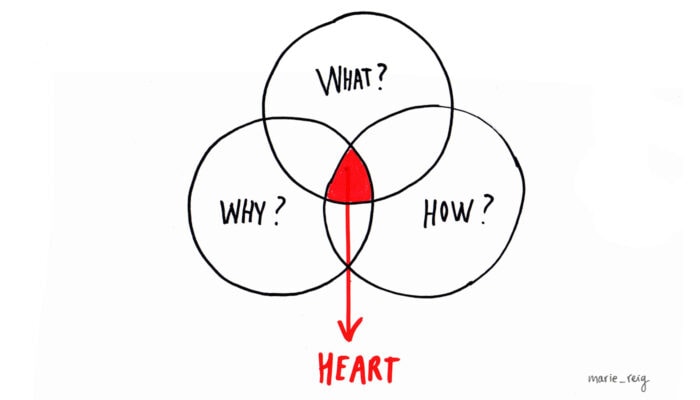
How important is it for you to contribute to “making a difference” in society? How much do you consider your values to guide your leadership decisions? How much do you consider emotions as sources of information? How important is it to take responsibility for the type of energy you bring to work? And how important is it for you to find a personal sense of fulfillment at work? These are some of the questions and answers that will reveal if you are actually acting as a heart-based leader or not on the moment by moment of each and every single deed.
The Journey to the heart is in fact an inward journey for which there is no roadmap. An exploration of who you authentically are with the intention to become more of it, more of yourself. A quest to uncharted territory that starts where you are, even if you are not sure where that is. With this post series what we are doing is helping you to sketch your own tentative map to find and recognize where your leadership center is to be found at any moment in time.
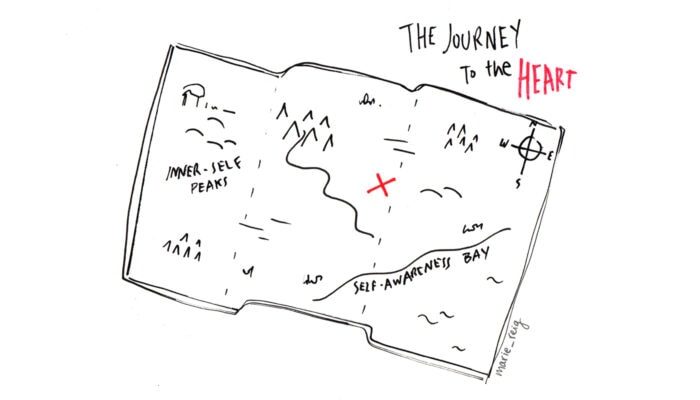
Yes, You got it right. Leading from the heart is a choice. Your choice. Remember what I asked you in previous post. What type of leader do you want to be?
In our next post, we will continue exploring and connecting heart-based leadership with business reality. If you have been following this series I am sure that, by now, as much as you consider that all this sounds almost too good to be true, you are also starting to ask yourself the next of our core questions: when you speak about leading from the heart, are you talking about poetic ideals or real business? I can’t wait see you there!
Part 2: “Am I a Leader? Are you also one?”
Part 3: “Am I an Exceptional Creative Leader?”
Part 5: “Am I Talking Poetry or Am I Talking Business?”
Part 6: “What Does Heart Based Leadership Have to Do with my Creative Potential?”











